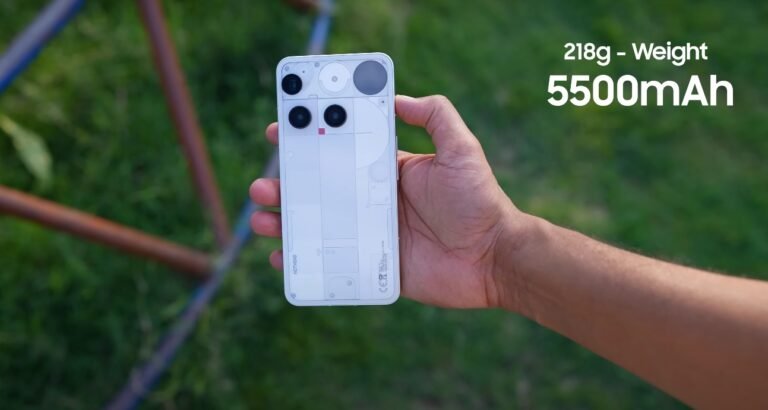Redmi 15 repair & damage cost: should you buy extended warranty?

Understanding repair risks and whether extra coverage is worth it
The Redmi 15 is priced firmly in the budget category, but repair costs rarely follow budget rules. Large displays, compact internal components and modern parts can all raise the price of fixing accidental damage. For UK buyers, deciding whether to purchase an extended warranty or damage-protection plan depends on how you use your phone, how long you intend to keep it and how much risk you’re comfortable taking.
The first thing to note is that the standard warranty only covers manufacturing faults. Drops, cracked screens, liquid damage and accidental breakage are not included. This means the most common real-world issues—screen cracks, port damage and water exposure—will fall entirely on the user unless extra protection is purchased. The Redmi 15’s splash resistance helps in light rain, but not in full exposure or immersion.
The most expensive repair is usually the display. The Redmi 15’s 6.9-inch panel is large and contains high-refresh hardware, making it costlier to replace than typical budget smartphone screens. In the UK, screen replacement costs can easily reach a significant portion of the phone’s retail price, especially when labour and genuine parts are included. For buyers who drop their phones often or carry them without a case, this is a risk worth thinking about early.

Other repair scenarios include battery replacement, charging-port faults and internal component failures caused by impact. Although the battery is long-lasting, heavy users or long-term owners may eventually need a replacement. Charging ports are common failure points for any phone, particularly for users who plug in multiple times a day. Again, these repairs cost more than expected because authorised service centres set fixed labour rates.
Extended warranties and protection plans vary in what they cover. Some include accidental damage, while others apply only to hardware defects. Accidental-damage protection is generally the most useful, as this covers cracked screens, drops and liquid damage—exactly the problems standard warranties leave out. If the plan includes express repairs or free pick-up and return, it becomes even more convenient for users who depend on their phone daily.
For UK buyers, the decision comes down to your environment and habits. If you use a sturdy case, apply a screen protector and rarely drop your device, you may not need extra coverage. The Redmi 15 is inexpensive enough that some users prefer to self-insure and simply pay for repairs if they occur. This makes sense if you expect to keep the phone for one to two years and don’t anticipate major accidents.
However, if you plan to keep the Redmi 15 for several years, buying extended cover becomes more sensible. The longer you hold the device, the more likely it is that something will go wrong. Students, commuters, parents and outdoor workers often expose their phones to more hazards; for them, accidental-damage protection can easily pay for itself after a single incident. The phone’s large size also makes it slightly more vulnerable to drops.
There is also convenience to consider. With a protection plan, repairs are usually faster and handled by official partners, ensuring genuine parts and preserving resale value. Without protection, you may resort to third-party shops, which may be cheaper but not always reliable. For users who rely on their device for work or study, downtime matters more than repair cost alone.
Cost comparison is straightforward. If the extended warranty is priced reasonably and a screen replacement could cost much more, the plan can quickly become good value. But if the warranty price is high relative to the cost of the phone, cautious users may prefer to skip it and buy protective accessories instead. A high-quality case and screen protector often prevent the most expensive accidents.
In summary, the Redmi 15 is affordable upfront, but its repair costs—especially screen damage—can be unexpectedly high. Buying extended warranty or accidental-damage protection is worthwhile for users with higher risk or longer ownership plans. For careful users who upgrade frequently, extra coverage is optional. The smartest choice depends on your habits, your environment and how much peace of mind you want over the phone’s lifespan.





